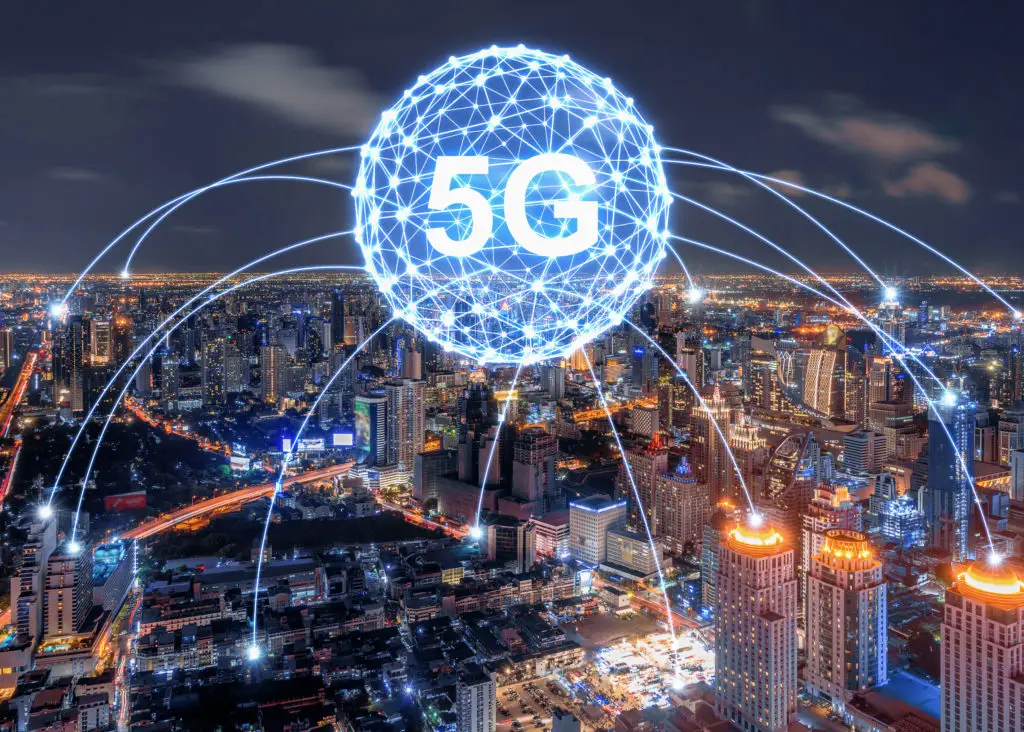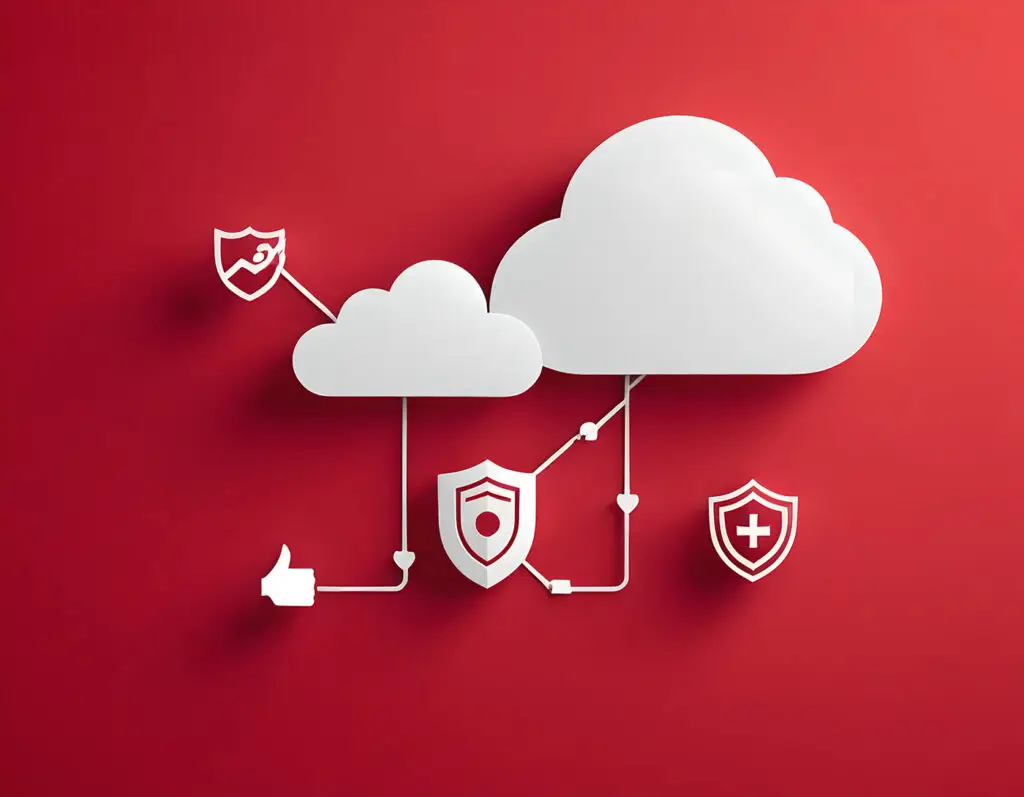5G enables the expansion of many other technologies, such as autonomous driving, Industry 4.0 and private smart gadgets. Countries such as China are driving progress, but what about network expansion here in Germany? What advantages does the expansion of a 5G network offer and how can companies integrate 5G into their infrastructure?
5G - An introduction
5G is the further development of its predecessor 4G and a new stage of development in mobile communications. The current mobile communications standard Log Term Evolution, better known as LTE, can generate a bandwidth of up to 150Mbit/s in simple operation. In cities, even up to 300 Mbit/s is possible. This performance is perfectly sufficient for most private application purposes, such as mobile video streaming or sending messages. 5G is not intended to replace LTE completely, but to be operated in parallel with it. With its increased bandwidth of up to 10 Gbit/s, 5G enables new possibilities in networking.
How does the technology work?
One of the reasons why 5G achieves the higher data rate is that mobile devices also use OFDM (Orthogonal Frequency-Division Multiplexing) to avoid the overlapping of multiple wave trains. OFDM is a process that sends data via several carrier signals. To ensure that individual devices do not interfere with each other when sending a signal, modulation must take place so that the individual signals differ in amplitude, frequency and/or phase. Otherwise, each terminal device would represent a potential interference signal and data transmission would be subject to errors. In the LTE standard, end devices are only able to use a simpler version of this technology, which only uses a single carrier signal. (Single Carrier FDMA).
Another technical development is also taking place in the frequency range. The frequency spectrum for 5G is divided into two ranges known as FR1 and FR2. FR1 covers the frequencies between 600 MHz and 6 GHz. The FR2 frequency range starts above 24 GHz and operates in the millimeter wave range. For the time being, frequencies up to 40 GHz have been released for 5G, but an extension up to 60 or 80 GHz is conceivable and possible in the future. These electromagnetic waves can transmit enormous amounts of data. However, the range decreases with higher frequency. However, these waves cannot penetrate simple obstacles such as walls or trees.
These waves are formed by so-called phased array antennas . These antennas bundle the radiation energy by cleverly arranging and interconnecting individual radiators. In 5G, this technology is used for millimeter waves in order to supply individual receivers with high data rates on demand.
The 5G specification provides for up to 256 individual antennas that can be interconnected for so-called massive MIMO (Multiple Input Multiple Output). This enables the end device to send existing data to multiple receivers at the same time, thus improving the data and error rate. The "smart" antennas then reassemble the individual packets into the transmitted data.
Carrier aggregation is another technology that is finding major application in 5G. This technology allocates several frequency blocks to a terminal. The maximum data rate per user increases by the number of frequency blocks.
Application areas of 5G technology
5G technology is basically geared toward three different application scenarios:
eMBB - Enhanced Mobile Broadband
This application area provides a high data rate. Thus, the 5G mobile network supports services with high broadband requirements, e.g., virtual and augmented reality.
mMTC - Massive Machine Type Communications
5G also optimizes machine-to-machine communication and the Internet of Things (IoT). By means of mMTC, a large number of devices or components are networked with each other. This technology is used in areas such as smart cities, logistics and smart agriculture.
uRLLC - ultra-Reliable and Low-latency Communications
Services that require particularly short response times of a few milliseconds and must not fail are enabled thanks to ultra-reliable and low latency communications. Examples of this are:
- Autonomous driving
- Automatic driving assistants
- Predictive Maintenance
- Car-to-car communication
What does 5G mean for businesses?
With so-called campus networks provided by the Federal Network Agency, companies are able to use private 5G frequencies. One example of this is Porsche. The sports car manufacturer is already putting its second private 5G network into operation. At the Leipzig plant, 5G is used to send wireless signals to robots in the body shop. The experience gained will be used to develop automation concepts in the future.
In China, 5G is being used underground in mines, among other things, to connect devices underground as well and to implement "smart mining" to make resource extraction more efficient.
The expansion in Germany
The reputation of German mobile communications is not particularly good. However, over 33,000 new mobile phone masts have been built in the last 10 years. This is according to an article in the ifo Schnelldienst. However, there are still dead spots, which not only lead to signal interference in rural areas, as is widely assumed, but can also be found along highways. Especially when it comes to autonomous driving or intelligent driving assistants, a loss of connection would have fatal consequences. This suggests that good traffic networking could minimize the risk of accidents. Many other future technologies also rely on the new mobile communications standard to optimize people's lives.
A map can be found on the Telekom website which shows the coverage of 5G in Germany in color. This clearly shows that there is already good coverage in parts of Germany. However, there are still large gaps, particularly in northern and eastern Germany, which urgently need to be filled. Nevertheless, a closer look at the map reveals areas that only have small gaps or are already completely covered.
It can be stated that the expansion of a 5G network and the associated increase in bandwidth is not only a technological advance in the public mobile network, but also for company LANs and WANs. With our NConnect product, we can already offer solutions for the most advanced enterprise networking. Please contact our sales department if you would like to know more about this topic.



